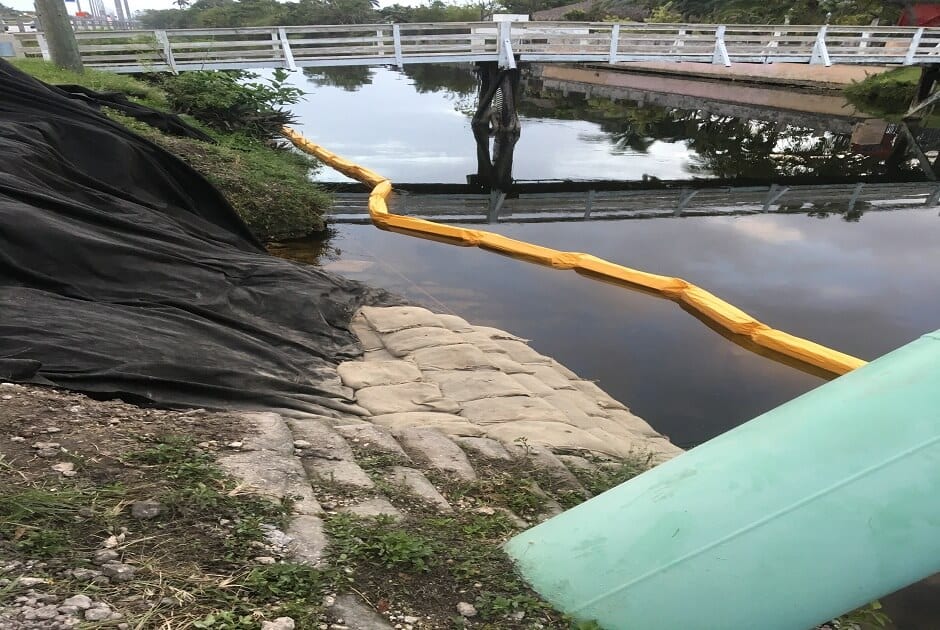When a company digs a trench to install pipelines, the flow of water should be a significant concern. This is the case for companies installing pipes underwater as well as those installing pipelines on land. If companies fail to account for this, pipeline exposure may grow into a severe problem. Pipeline exposure tends to be costly in both time and money.
One of the options to reduce the risk of pipeline exposure is the use of a turbidity curtain. Turbidity curtains are useful because they can be used anywhere, without regard to the rate at which the water is moving. Below, you will find the types of turbidity curtains available when constructing a pipeline.
Type 1 Silt Barriers
Type 1 Silt Barriers are best for those dealing with calm waters. Silt Barriers are a useful option when trying to control sediment in shallow or calm areas, such as:
• Ditches
• Canals
• Lakes
• Small Ponds
• Harbors
Companies can choose to use these barriers as both short-term and long-term options. Type 1 Silt barriers help to give disturbed land more time to settle while preventing the future spread of materials.
Type 2 Silt Barriers
Type 2 Silt Barriers are ideal for those in which there is some water flow. This includes areas with currents, tides, or waves. These barriers are best for areas with waves as high as two feet and moderate wind exposure.
Type 3 Silt Barriers
Type 3 Silt Barriers are best for those companies dealing with high rates of moving water. They are the most durable in-water turbidity curtain available, as they are intended for areas with fast water flows up to 1.5 knots.
Staked Turbidity Barriers
Companies worried about erosion on land should consider staked turbidity carriers. Most staked turbidity barriers can handle high water flows, such as runoff from storms or sheet flow from construction sites.


